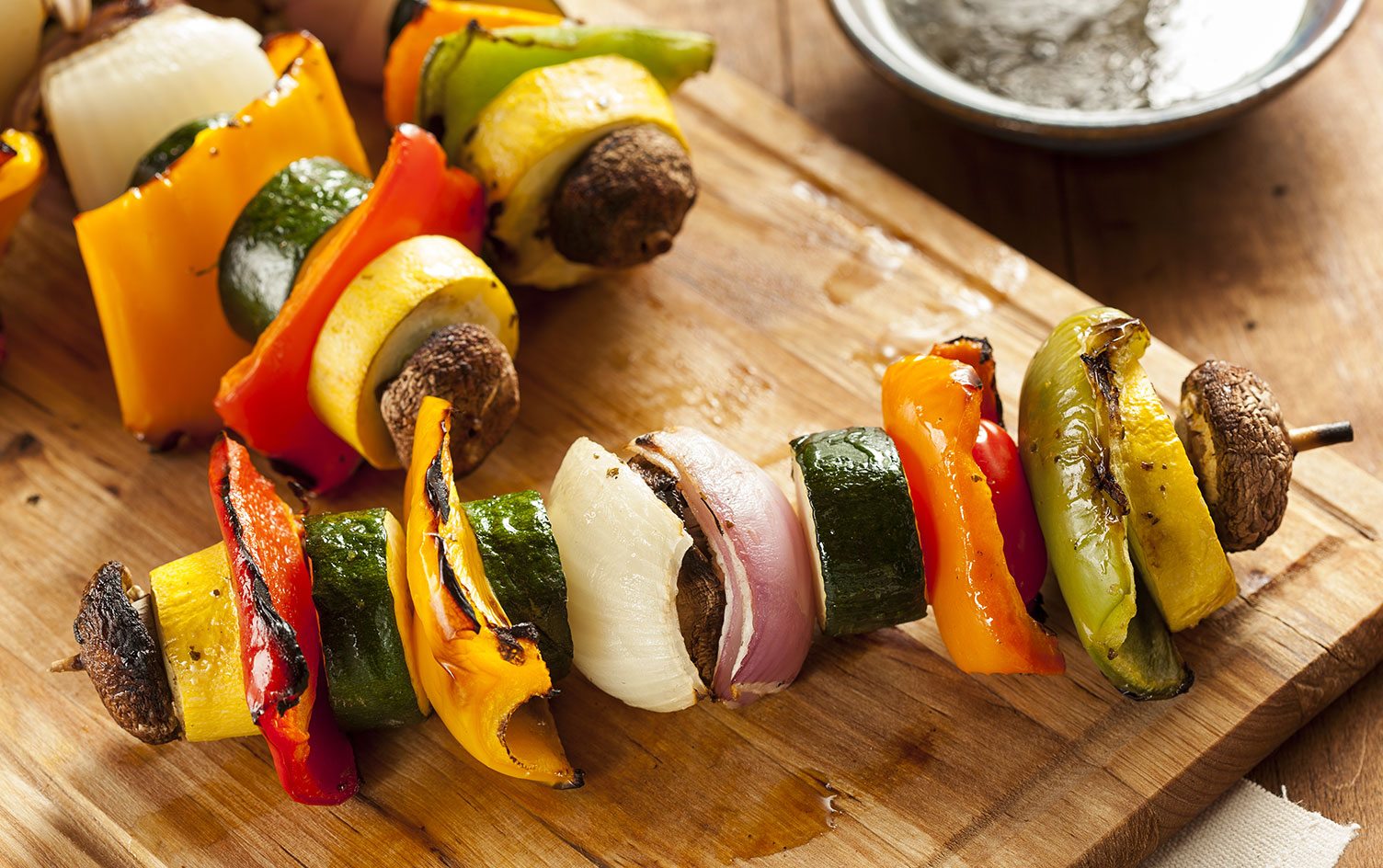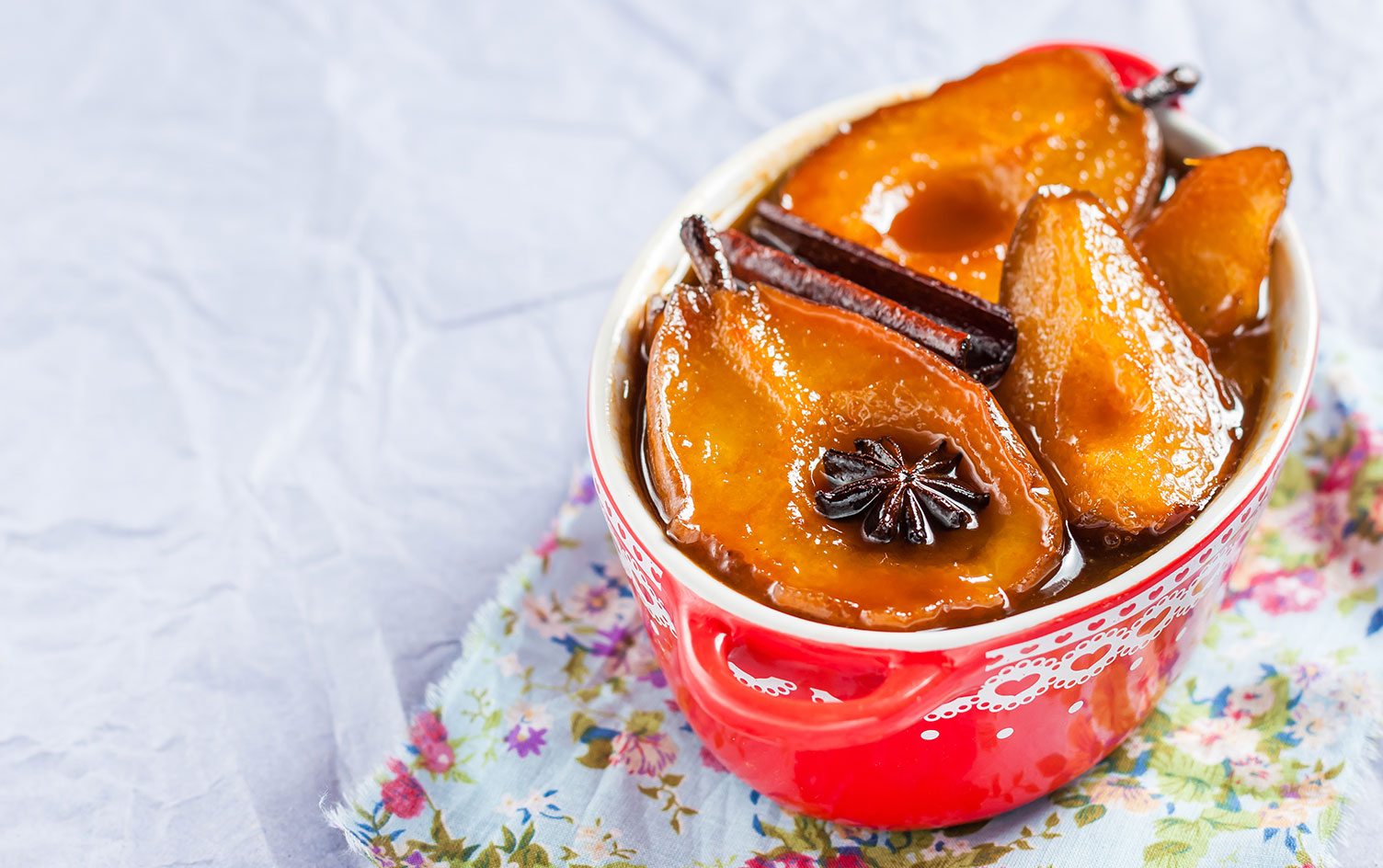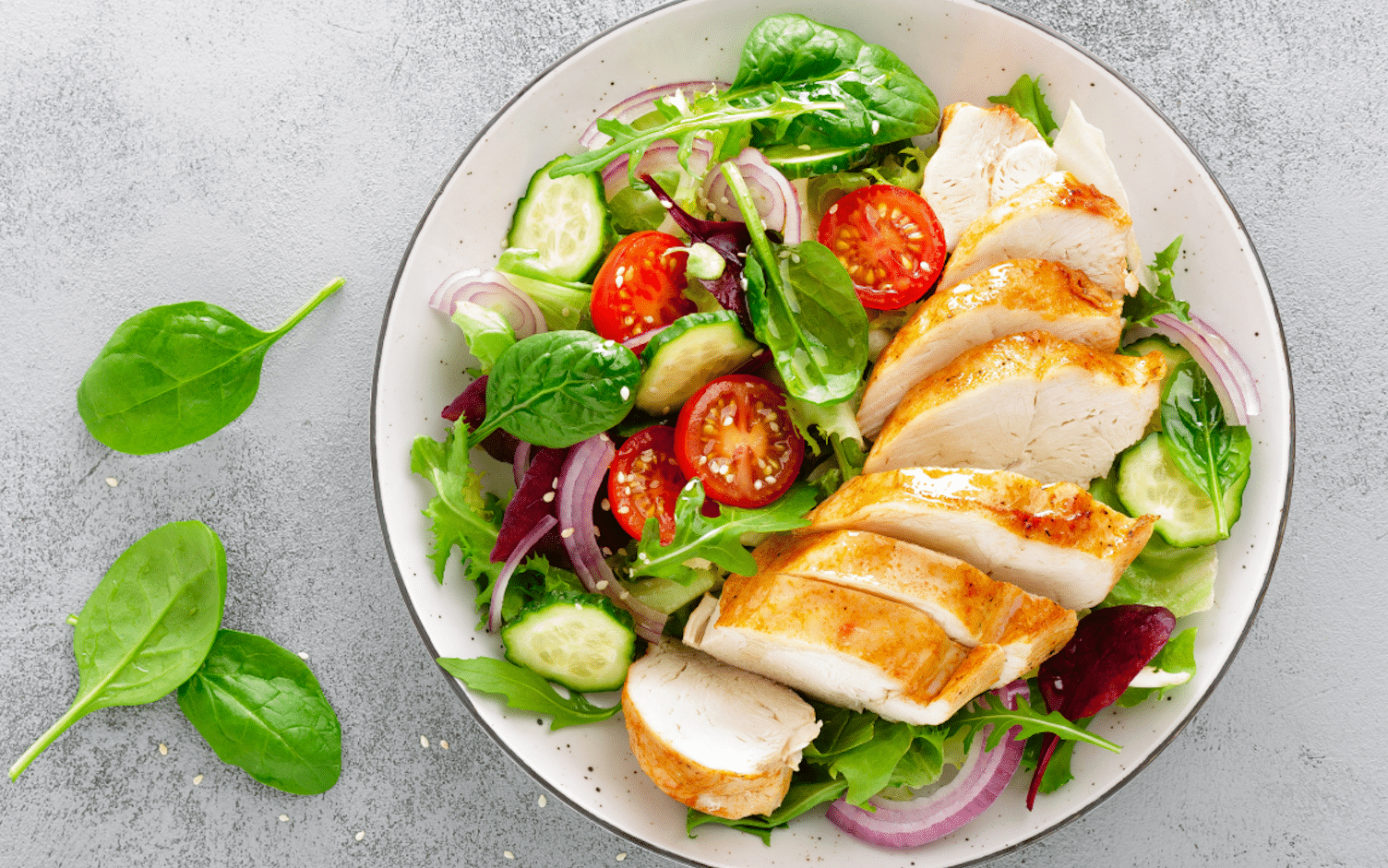When outside temperatures dip, it’s easy to eschew fresh vegetables and light dishes in favor of heartier, comforting fare. The problem with winter classics like grilled cheese and tomato soup is that they’re often loaded with sodium, carbs and calories, leaving us feeling bloated afterward. If you find yourself reminiscing for the fresh flavors of summer, here are some tips to “winterfy” your favorite seasonal summer dishes.
1. DRESS UP SALADS WITH SEASONAL STARS

Studies have shown that eating fresh vegetables and fruits might help protect against cancer, so get your salad fix by swapping in winter produce:
- Beets, parsnips, sunchokes, carrots and turnips — roast them to bring out their natural sugars and add them to a bed of greens. Try this recipe for Roasted Vegetable Salad with Maple Orange Cinnamon Dressing to get the benefits of raw vegetables, along with the fiber and prebiotics of root vegetables.
- Citrus fruits like oranges, grapefruits, lemon, and kumquats are also in season, and contain plenty of vitamin C to help boost immunity. Add chunks of peeled mandarin or blood orange to a salad, or use lemon or orange juice as the base for a vinaigrette.
- Pomegranate seeds contain powerful antioxidants, and are a nice stand-in for strawberries in salads like this one.
2. TURN SUMMER SIDES INTO HEARTY WINTER DISHES

A typically light accompaniment for a picnic or summer cookout can be transformed into main dishes with the addition of a few ingredients:
- Ratatouille, a typical French summer dish, is often made from from ripe tomatoes, eggplants and zucchini, but can be enriched with the addition of yellow squash, peppers or beans. These additional ingredients provide additional fiber and antioxidants.
- Succotash, a vegetable medley made with sweet corn and fresh lima beans, can be replicated in the winter using frozen vegetables. Swap fresh corn for frozen and use canned black beans, an excellent source of protein and fiber.
- Make a winter-inspired pasta salad by using Brussels sprouts, apple, cranberries and pecans, which provide an array of nutrients, including vitamins K and C, antioxidants and healthy fats.
READ MORE > 6 EASY WAYS TO AVOID WINTER WEIGHT GAIN
3. BRING YOUR BBQ INSIDE

While it’s hard to duplicate the flavors of kabobs and steaks grilled over an open flame, you can still capture the essence of these summer favorites by opting for an electric indoor grilling machine, or using a grill pan to sear steaks and burgers. Here are some ideas to try:
- Branch out to seasonal ingredients for skewers, such as mushrooms, squash or sweet potatoes. Sweet potatoes are high in beta carotene, a powerful antioxidant that can help protect your cells.
- Vary your meat selection to include game meats like venison, rabbit and bison. These meats tend to be leaner than domestic meats and have more flavor. Try your hand at this Feta Bison Burger.
4. SWAP IN SEASONAL FRUITS

Take advantage of winter’s best fruits instead of struggling to find berries or plums in the dead of winter. The season’s fruits are full of fiber and antioxidants, and simply taste better than their frozen, out-of-season counterparts. Here are some ways to incorporate winter fruits:
- If you make smoothies, swap frozen tropical fruits with fresh or frozen chunks of ripe persimmons. Other options include steamed butternut squash or a scoop of pumpkin puree, along with spices like cinnamon, nutmeg, and ground (or fresh) ginger. These warm flavors will take the icy edge off of an otherwise frosty treat.
- Replace stone fruit (nectarines, apricots and plums) with seasonal pears and apples when baking or making fruit compote.




